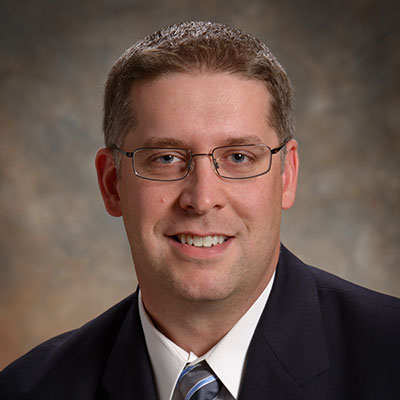
From the simplest devices to the most powerful machines, we depend daily on modern inventions to improve our lives. From an early age, I’ve been curious about how they all work. What makes letters jump from your computer keyboard to your screen when you type? What makes your car’s engine start when you simply turn a key or push a button? How does your microwave heat up your soup without hot coils or a burner? For as a long as I can remember, my curious mind has not only prompted me to ask questions like these, it’s demanded I seek answers. And what I find most fascinating is that none of these things existed until someone actually thought of them.
Earlier this week, we celebrated National Inventors Day and, with it, the power of the human mind to make something from nothing. Look around the room you’re in, every object you see – including the room itself – was designed and developed because someone turned an idea into reality. I’ve been an engineer for 20 years and I can tell you from experience that nothing is more satisfying than starting with a blank page, working through a problem and bringing a solution to life.
Where I work at The Timken Company, we design and develop critical components for practically every machine with rotating parts. I lead our research and development (R&D) team, where our mission is to apply our specialized skills to conduct research and develop technical solutions for the materials, engineering and manufacturing processes in support of our bearings business. This means we’re involved in practically every industry that moves our world forward. From airplanes and automobiles to food processing and wind power, we play a significant role inside the machines that matter the most to many around the world.
We have tremendous brain power and specialized talent on our team. This is essential because we need people who are able to explore for new knowledge and then apply what they’ve learned to generate new business opportunities for our company. Our focus, as a team, is to work on things Timken doesn’t already know how to do, which requires both free-spirited creative thinking and cooperation with implementation and operations teams.
Let’s look at our work with bearings for electric vehicles, for example. They present some fundamental design challenges, like ensuring lubricants work at high speeds. Our traditional vehicle-testing methods wouldn’t cut it because the bearings on these vehicles spin so fast. Our team determined that we needed to use our aerospace test rigs to effectively evaluate prototype designs. That’s where our wide-ranging knowledge comes into play. Our deep experience in aerospace is helping us get ahead in developing solutions for electric vehicles.
Much of our work today is focused on designing lighter, more durable bearings to help drive efficiency, improve performance and increase the lifecycle of parts used in electric vehicles and a variety of applications. We work closely with our customers to better understand what keeps them up at night. We collaborate with universities around the world to both share our knowledge and seek diverse points of view on the challenges we’re trying to solve for. In the end, we deliver solutions that make equipment both safer and more sustainable.
The best part of our job in R&D is that we deal in a world of open-ended challenges, where there is usually not a “right” answer but instead our goal is to find the “best” answer. We have to first understand our customers’ needs, identify and plan the things we need to do and then figure out how to do them. We have the freedom to explore a world of possibilities and exercise our curious minds; it’s an inventor’s mentality. It’s how the Thomas Edisons, Marie Curies and George Washington Carvers approached their work. They were able to not only come up with great ideas, but push the most valuable and beneficial ones to a finish. And this is how future generations of inventors will continue to move our world forward.
Published in the Akron Beacon Journal Feb. 13, 2020.
